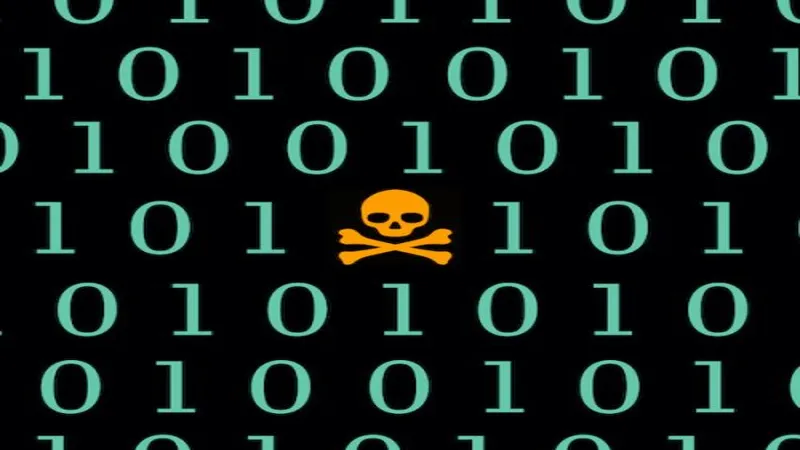
Network Security Breach: Understanding Rapid Attacks
In an era where cyber threats are evolving at an alarming pace, the recent breach of a corporate network within a mere 48 minutes serves as a stark reminder of the vulnerabilities many organizations face. A thorough investigation reveals how a seemingly innocuous flood of phishing emails set the stage for a sophisticated infiltration by notorious criminals, presumed to be part of the Black Basta ransomware group. This incident not only highlights the tactics employed by attackers but also underscores the critical importance of rapid response strategies for defenders. As we delve into the details, we will explore the methods and tools used in this audacious attack and discuss the implications for cybersecurity in today’s landscape.
| Key Event | Details |
|---|---|
| Initial Attack | Dozens of employees overwhelmed by phishing emails. |
| Breakout Time | Attackers entered the network in just 48 minutes. |
| Attack Method | Attackers used phishing messages as a decoy to gain access via Microsoft Teams. |
| Initial Access | Two employees opened Quick Assist, giving attackers control of their desktops. |
| Critical Steps | 1. Connected to command-and-control server. 2. Attempted DLL sideloading. 3. Used RDP and PowerShell for successful upload. |
| Privilege Escalation | Gained access to a service account and created an account with the highest permissions. |
| Network Scanning | Used SoftPerfect Network Scanner to find vulnerable targets. |
| Attack Strategy | Attackers used legitimate tools to avoid detection and conducted extensive research. |
| Ransomware Model | Black Basta operates on a RaaS model, leasing ransomware to affiliates. |
| Defense Recommendations | Uninstall unused remote access apps, restrict account access, and verify help-desk interactions. |
Understanding the Cyber Attack
Cyber attacks can happen quickly and without warning, as shown in a recent case where criminals broke into a corporate network in just 48 minutes. This attack began with a flood of phishing emails, tricking employees into thinking they needed help. Once the attackers had access, they used various tricks to gain control over employee computers and move deeper into the network.
It’s important to know how these attacks work so that companies can protect themselves. The attackers used a tactic called DLL sideloading, which is like sneaking in a secret message while pretending to be helpful. By understanding these methods, businesses can learn how to keep their networks safe from these fast-moving threats.
Frequently Asked Questions
What was the breakout time in the recent cyber attack?
The breakout time in the cyber attack was just 48 minutes, which is significantly faster than previous years.
How did the attackers initially gain access to the company’s network?
Attackers used a phishing attack to flood employees with messages, distracting them and allowing the attackers to impersonate IT support.
What technique did the attackers use to control employee devices?
They tricked employees into using Quick Assist, allowing them to remotely control their desktops.
What is DLL sideloading?
DLL sideloading is a technique where attackers exploit Windows apps to load malicious files, allowing them to execute harmful actions.
How can companies protect themselves from similar attacks?
Companies can strengthen their networks by uninstalling unused remote access tools, restricting access, and ensuring robust employee verification processes.
What is RaaS in the context of cybercrime?
RaaS stands for ransomware as a service; it allows different affiliates to collaborate on attacks using shared ransomware technology.
What are some tools used by attackers during the breach?
Attackers used legitimate tools like Quick Assist, Microsoft Teams, and PowerShell to avoid detection while infiltrating the network.
Summary
A recent report revealed how notorious criminals infiltrated a corporate network in just 48 minutes using clever tactics. In December, employees were overwhelmed by a flood of phishing emails, which distracted them long enough for attackers, likely part of a ransomware group called Black Basta, to pose as IT support on Microsoft Teams. This allowed them to gain remote access to employee computers and quickly escalate their control. The swift breakout time highlights the urgent need for organizations to enhance their security measures, such as limiting remote access and verifying help-desk communications.